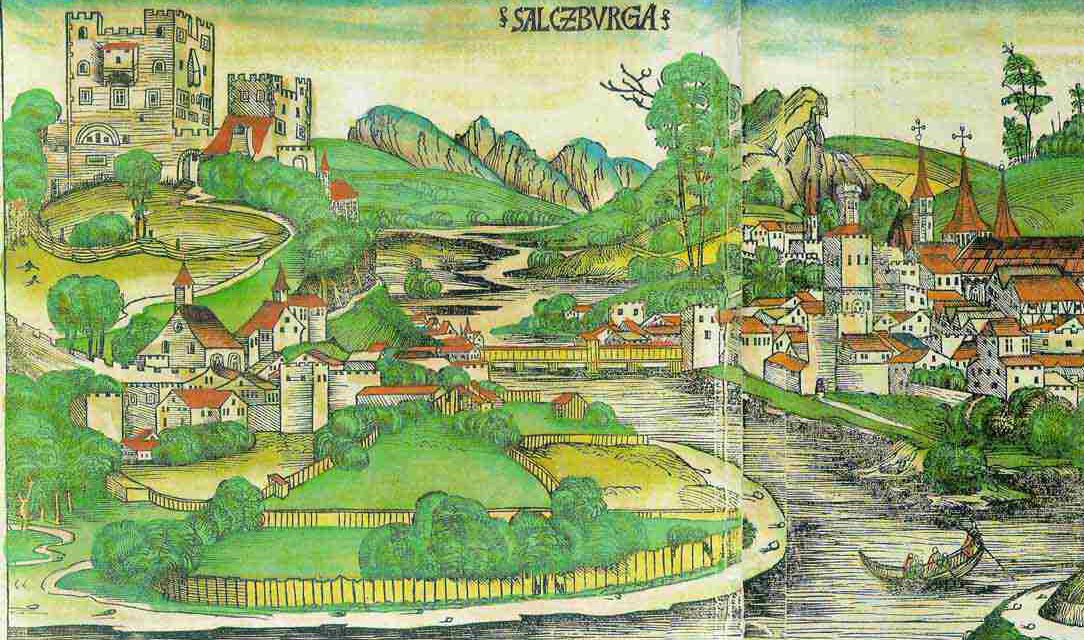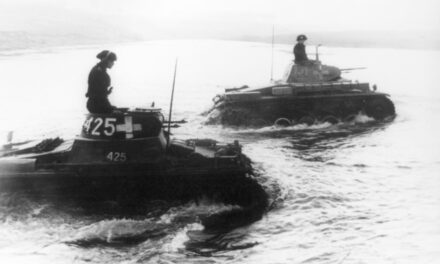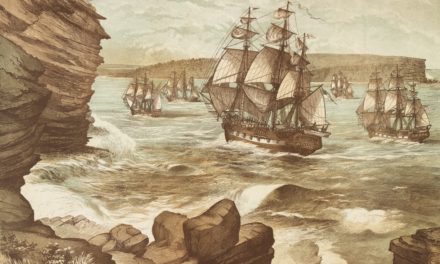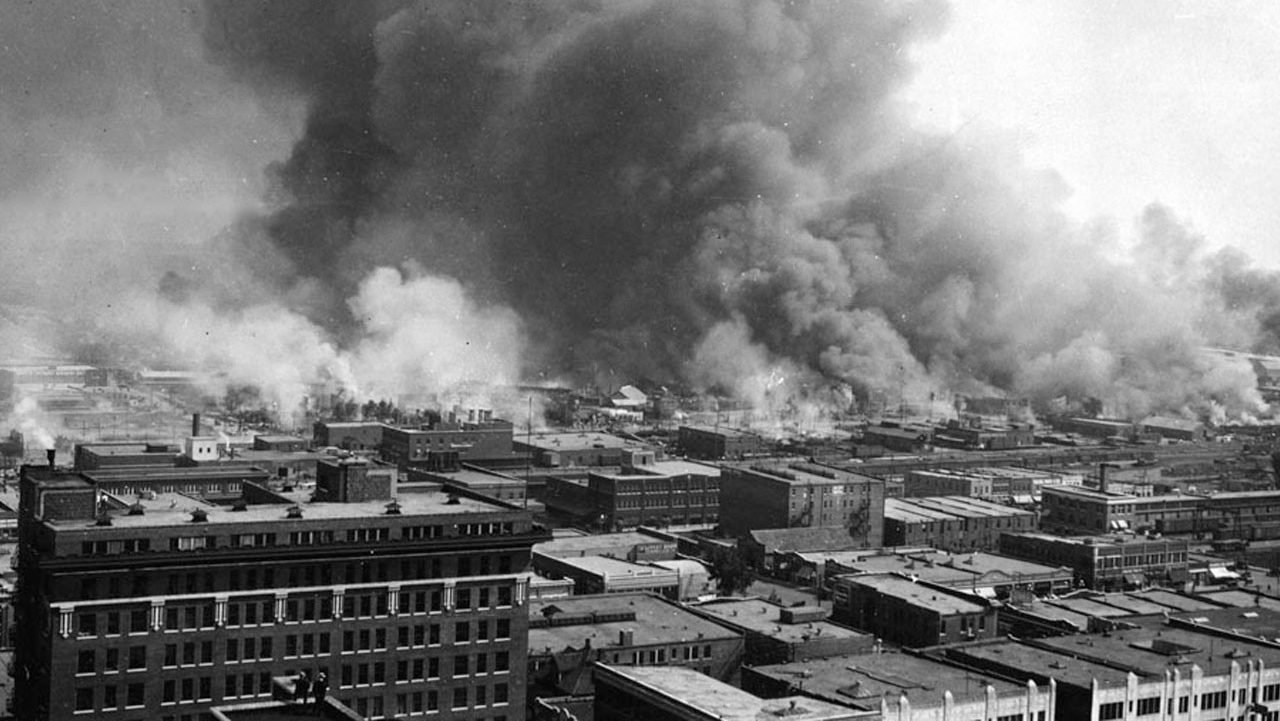History Guild General History Quiz 102
See how your history knowledge stacks up!
Want to know more about any of the questions? Once you’ve finished the quiz click here to learn more.
Have an idea for a question? Suggest it here and we’ll include it in a future quiz!
The stories behind the questions
1. The ancient city of Salzburg was founded on which industry?
Salt mining – The name Salzburg translates literally to “Salt Castle”.
2. During WW2 the USA awarded 443 Medals of Honor. How many of these were awarded to African American Servicemen?
0 – Despite over 1 million African American servicemen serving during WW2 no Medals of Honor were awarded to them. In 1997 a review was commissioned that resulted in the award of 7 Medals of Honor to African American servicemen for their bravery during WW2.
3. Around what year did humans first reach New Zealand (Aotearoa)?
1280AD – The first people to arrive in New Zealand were ancestors of the Māori. The first settlers probably arrived from Polynesia between 1200 and 1300 AD with most evidence pointing to around 1280AD. They discovered New Zealand as they explored the Pacific, navigating by the ocean currents, winds and stars.
4. Where was the Thirty Years War primarily fought?
Germany – The Thirty Years’ War was fought primarily in modern Germany and Central Europe. Estimates of total military and civilian deaths range from 4.5 to 8 million, mostly from disease or starvation, while it has been suggested that up to 60% of the population died in some areas of Germany. It originated in the long-running contest between Austro-Spanish Habsburgs and French Bourbons with subsidiary religious disagreements also contributing. It ended in the Peace of Westphalia. Read more here, SPARK TO POWDER: PRAGUE AND THE THIRTY YEARS’ WAR.
5. What did the 1783 Zong trial relate to?
An insurance claim for the value of slaves thrown overboard –
The British slave ship Zong was owned by the Gregson slave-trading syndicate, based in Liverpool. As was common business practice, they had taken out insurance on the lives of the enslaved people as cargo. According to the crew, when the ship ran low on drinking water following navigational mistakes, the crew threw enslaved people overboard into the sea.
Zong’s owners made a claim to their insurers for the loss of the enslaved people. When the insurers refused to pay, the resulting court cases (Gregson v Gilbert, 1783) held that in some circumstances, the murder of enslaved people was legal and that insurers could be required to pay for those who had died. Read more about this here: How the shadow of slavery still hangs over global finance.
6. Which 1600’s city does this show?
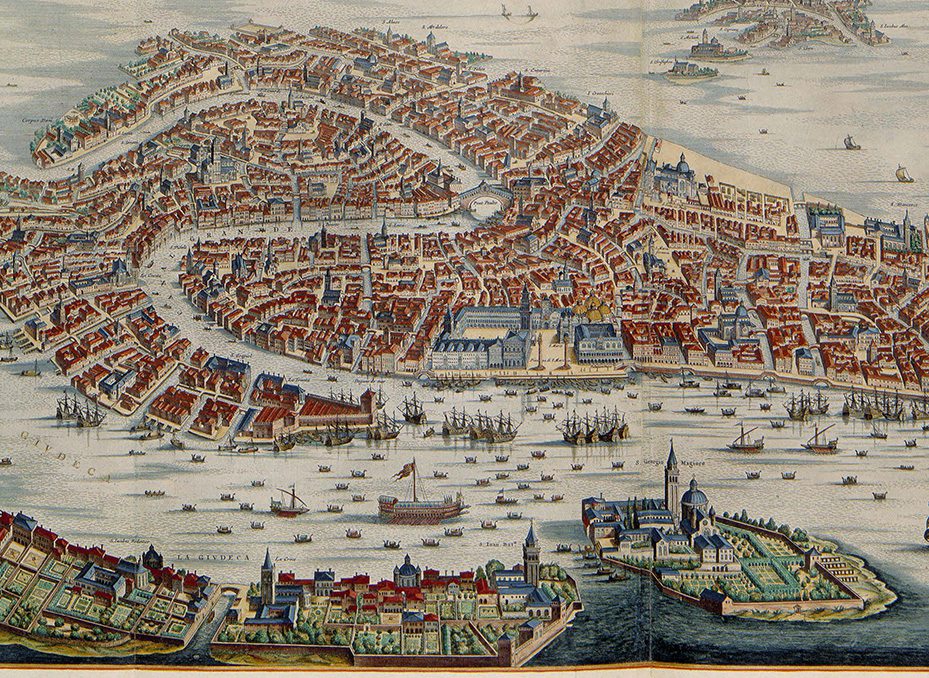
Venice – This shows Venice at the tail end of it’s period as one of the dominant trading and naval empires in the Mediterranean.
7. Which English King’s campaign does this map show?

Edward III – This show’s his campaign of 1346 where he and his son, the Black Prince, were victorious in the Battle of Crecy.
8. Which city had the largest population in the world in the year 1 CE?
Rome – Rome was the largest city in the world from around 25 BCE to 400 CE. Prior to Rome the record was held be either Xi’an or Alexandria. Around 400 CE Constantinople became the largest city in the world.
9. Founded in 1904 the TASS news agency is based in which country?
Russia – a major Russian state-owned news agency founded in 1904, TASS is the largest Russian news agency and one of the largest news agencies worldwide. Under the USSR TASS enjoyed “exclusive right to gather and distribute information outside the Soviet Union, as well as the right to distribute foreign and domestic information within the Soviet Union, and manage the news agencies of the Soviet republics”.
10. What caused the 1816 “Year without a Summer”?
The Eruption of Mount Tambora in the then Dutch East Indies – 1816 was a year of severe climate abnormalities that caused average global temperatures to decrease by 0.4–0.7 °C. Summer temperatures in Europe were the coldest on record between the years of 1766–2000 which resulted in major food shortages across the Northern Hemisphere. This was predominantly a volcanic winter event caused by the massive 1815 eruption of Mount Tambora in the Dutch East Indies (known today as Indonesia). This eruption was the largest in at least 1,300 years.

